A Noble History: Introducing the Akita
The Akita is a powerful, dignified breed originating from the mountainous regions of northern Japan. Its story is woven into the fabric of Japanese history, initially bred for guarding royalty and nobility. These dogs weren’t merely companions; they were symbols of health, happiness, and longevity. The breed’s name comes from the Akita Prefecture, where they flourished and were highly valued. Originally utilized for hunting bears, deer, and wild boar, the Akita also served as a guard dog and a fighting dog, shaping its courageous and protective nature.
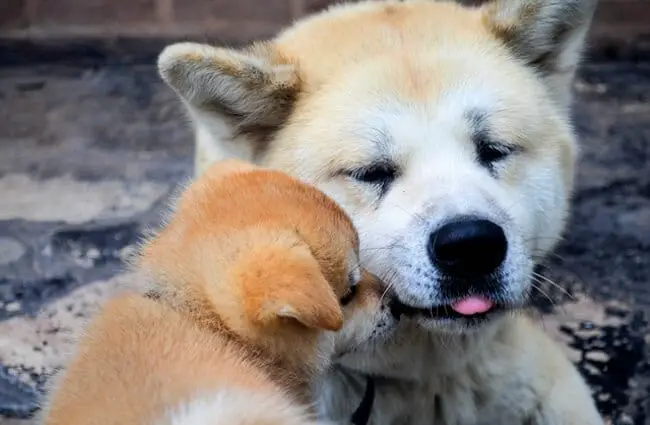
During periods of economic hardship, the Akita faced near extinction. Dedicated breeders and enthusiasts intervened, carefully preserving the breed’s unique characteristics and ensuring its survival. Following World War II, the Akita gained international recognition, with examples being gifted to prominent figures like Helen Keller, further cementing their allure.
Physical Characteristics: A Breed Built for Endurance
Size and Weight
Akitas are substantial dogs. Males typically stand 26 to 28 inches tall at the shoulder and weigh between 100 and 130 pounds. Females are slightly smaller, measuring 24 to 26 inches tall and weighing 70 to 100 pounds. Their build is robust and muscular, reflecting their working heritage. A well‑proportioned Akita exudes strength and agility.
Coat and Color
The Akita boasts a thick, double coat designed to withstand harsh winter conditions. The outer coat is straight and coarse, while the undercoat is soft and dense. This combination provides excellent insulation. Akitas come in a variety of colors, including red fawn, sesame, brindle, and white. A black mask is common, adding to their striking appearance. Pinto and all‑white Akitas exist, but are less common.
Temperament and Behavior: Understanding the Akita Personality
Akitas are known for their independent and dignified nature. They are loyal and protective of their families, forming strong bonds with those they trust. However, they can be reserved with strangers and may exhibit a natural aloofness. Early socialization is crucial to ensure they develop into well‑adjusted adults. Akitas are not typically overly demonstrative in their affection, but their loyalty runs deep.
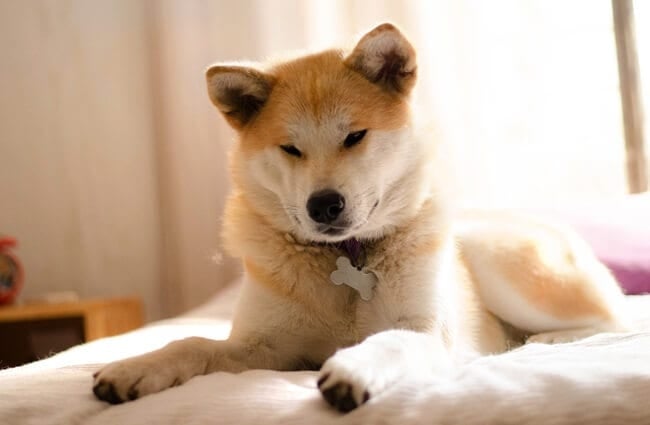
Their inherent guarding instincts mean they can be territorial and potentially aggressive toward other dogs, particularly those of the same sex. Careful introduction and supervision are essential if multiple dogs are present in the household. Akitas are intelligent but can be stubborn, requiring patient and consistent training. They are not a breed for novice dog owners.
Caring for Your Akita: Meeting Their Needs
Exercise Requirements
Akitas are energetic dogs that need regular exercise to stay physically and mentally stimulated. Daily walks, hikes, or playtime in a securely fenced yard are essential. They enjoy activities that challenge their minds, such as puzzle toys and obedience training. It is important to avoid strenuous exercise in hot weather, as their thick coat can make them prone to overheating.
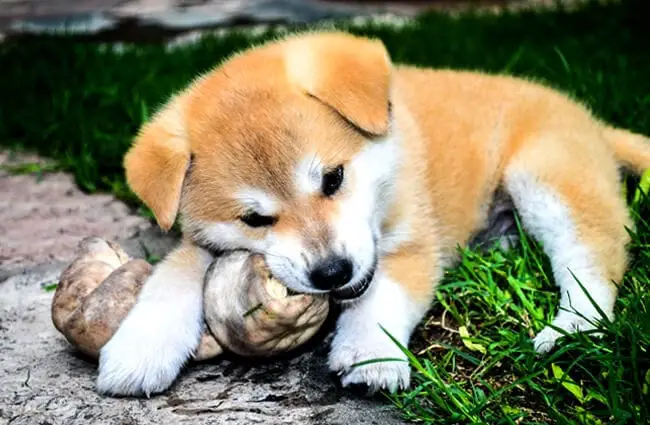
Grooming Needs
Akitas are heavy shedders, particularly during seasonal changes. Regular brushing several times a week is necessary to remove loose hair and prevent matting. They also require occasional bathing, nail trimming, and ear cleaning. The Akita’s coat needs extra attention during shedding season. Professional grooming can be helpful but is not always necessary.
Diet and Nutrition
Akitas require a high‑quality dog food formulated for large breeds. The diet should be appropriate for their age, activity level, and overall health. It is important to monitor their weight and adjust food portions accordingly to prevent obesity. Avoid feeding them table scraps, as this can lead to digestive issues.
Health Considerations
Like all breeds, Akitas are predisposed to certain health conditions. These include hip dysplasia, elbow dysplasia, progressive retinal atrophy, and bloat (gastric dilatation volvulus). Responsible breeders screen their dogs for these conditions, minimizing the risk of passing them on to future generations. Regular veterinary checkups are essential for early detection and treatment of any health problems.
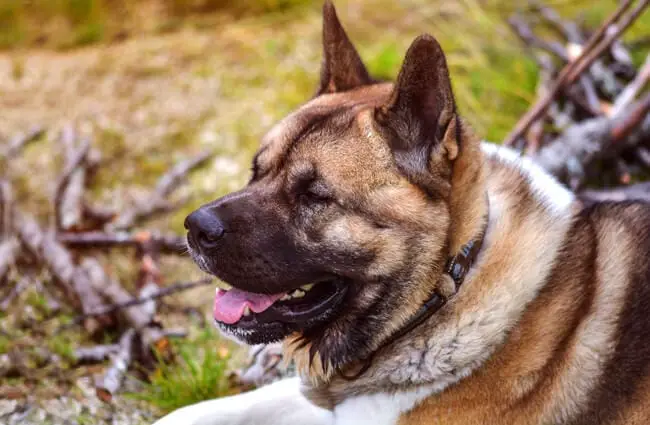
Bloat is a particularly serious condition that requires immediate veterinary attention. Owners should be familiar with the signs of bloat and know how to respond in an emergency. Providing multiple smaller meals throughout the day, rather than one large meal, can help reduce the risk of bloat.
The Akita and Its Environment
Akitas thrive in environments where they receive consistent training, socialization, and mental stimulation. They are not well‑suited to apartment living unless they receive ample exercise and attention. A secure, fenced yard is ideal, allowing them to explore and play safely.

Due to their independent nature, Akitas may not be the best choice for families with very young children, as they may not always be tolerant of rough handling. Supervision is always necessary when children and dogs interact. Akitas are happiest when they have a clear role in the family and receive plenty of attention.
Interesting Facts About Akitas
- Akitas were once revered as symbols of good health and longevity in Japan, and were often given as gifts to emperors.
- The breed almost went extinct after World War II, but was saved by dedicated breeders who pooled together the remaining dogs.
- Helen Keller received an Akita named Kamikaze‑go in 1937, cementing the breed’s international appeal.
- Akitas are known for their unique grooming habits, including cleaning their faces with their paws.
- They are often described as having a “cat‑like” cleanliness.
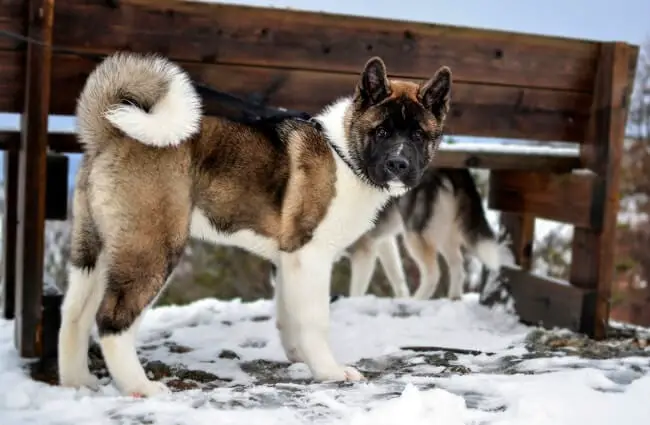
The Akita is a magnificent breed that demands respect, understanding, and consistent training. For the right owner, one who can provide a loving, firm, and stimulating environment, the Akita will be a loyal companion and a cherished member of the family. This is a breed that truly embodies nobility, courage, and unwavering devotion.






![Red Angus Closeup of a beautiful Red Angus cowPhoto by: U.S. Department of Agriculture [pubic domain]https://creativecommons.org/licenses/by/2.0/](https://animals.net/wp-content/uploads/2020/03/Red-Angus-4-100x75.jpg)

